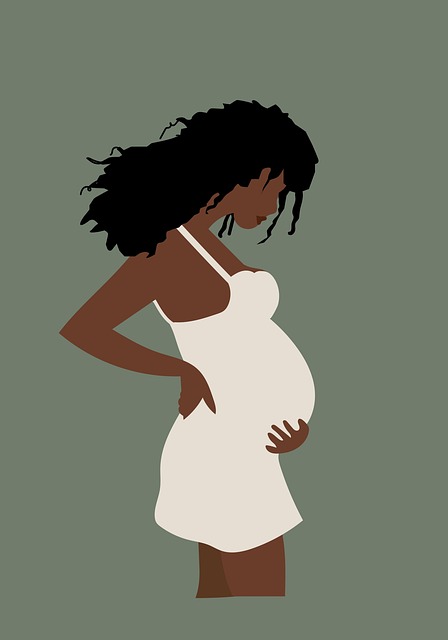Hey there, future moms! So, let’s dive into something that’s probably stressing you out more than it needs to—airborne infections and viruses. As if pregnancy isn’t filled with enough worries, right? I remember when I found out I was pregnant with my first child and got hit with the news that I might have been exposed to an airborne illness at work. Panic set in! I was terrified that this exposure could harm my little one.
Airborne infections are illnesses transmitted through tiny droplets that linger in the air when an infected person coughs or sneezes. Common culprits include tuberculosis, chickenpox, and measles. With February being International Prenatal Infection Prevention Month, it’s the perfect time to chat about how to minimize your risk during pregnancy.
So, back to my story. I was on my way to the occupational health office, my mind racing with worst-case scenarios. Sure, I’d received exposure notices before, but this time it felt different. I was carrying a baby, and the stakes were higher. I knew all too well how dangerous infections could be for expectant mothers—I’d seen the consequences firsthand in the NICU.
When I finally arrived at occupational health, a compassionate nurse helped calm my nerves. She reminded me that I was already taking several steps to protect myself from airborne infections, including:
- Handwashing: I’ve got this down to a science! Wet your hands, lather up with soap for 20 seconds (a little trick—singing “Happy Birthday” helps you time it!), rinse, and dry with a paper towel.
- Staying Updated on Vaccinations: Keeping your immunizations up to date is crucial. Vaccines for the seasonal flu, measles, whooping cough, and bacterial meningitis can protect you. Thankfully, I was current on my shots and reminded my family to be as well—no one wants to bring home unwanted germs!
- Practicing Droplet Precautions: It’s all about avoiding those infectious droplets. Stand back from anyone who is coughing and be mindful of touching surfaces before touching your face. Wearing a mask can also help reduce your exposure.
- Testing and Treatment: After learning about my exposure, I got tested right away. If the results had shown anything concerning, treatment could have begun before my baby was born—minimizing risks.
I was hugely relieved when my tests came back negative. By following these precautions, I not only kept myself safe but also ensured my baby was healthy. My perspective changed dramatically during my pregnancy, making me more aware of my surroundings and the importance of safety in my hospital job. Now, after three successful pregnancies and three energetic boys, I feel grateful for the knowledge I gained along the way.
For more insights into creating a cozy nursery for your little one, check out this post about a creative nursery chandelier. If you’re considering at-home insemination, check out the resources from CryoBaby, who have fantastic kits designed for this purpose. Also, the Mayo Clinic offers excellent information on in vitro fertilization if you want to explore more options.
In summary, while the thought of airborne infections can be daunting for expectant moms, staying informed and taking precautions can help ease your worries.

